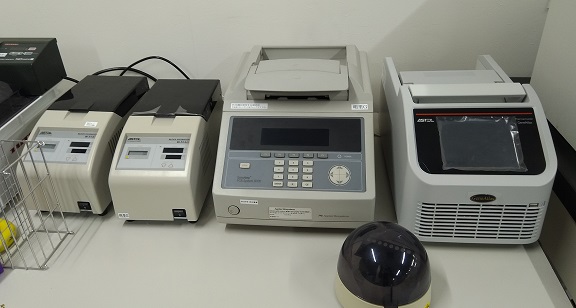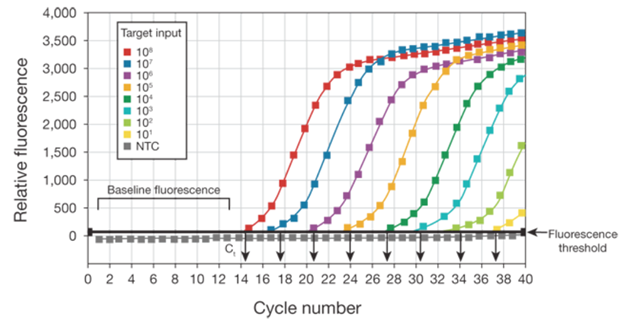The integrity, purity and concentration of the RNA so isolated should be confirmed before proceeding to the next stage of the experiment. This is critical because it will help the researcher to know the amount of RNA he or she is working with, as well as ascertain its purity and integrity. And in this way, the researcher is rest assured that he or she is working with pure RNA sample(s) and not a contaminated RNA sample.
A standard method for assessing RNA purity is to calculate the ratio of sample absorbance at 260nm and 280nm. Often, RNA preparations with an A260/A280 ration of 1.8-2.0 are considered essentially free of protein contamination. Many compounds used in RNA isolation protocols, including EDTA and phenol, can interfere with downstream applications such as amplification. Contamination by many of these compounds can be assessed by determining the A260/A280 ration, which should be less than 1.8. And A260/A280 ratio of 1.0 or less may indicate the presence of these compounds.
The disadvantage of using absorbance-based methods to determine RNA yield is that other nucleic acids such as dsDNA, ssDNA and single nucleotides also contribute to the A260 measurement and lead to inaccuracies. Fluorescent dye-based methods for quantifying RNA significantly increase the sensitivity and accuracy of concentration measurements. The QuantiFluor® RNA System can detect RNA over a range of 0.1-500ng/µl. This is particularly useful when RNA is isolated in very small quantities from limited samples such as FFPE samples, small amounts of tissue or blood.
Unfortunately neither fluorescent dyes nor absorbance measurements can provide information about the integrity of the RNA you have isolated. RNA integrity can be determined through denaturing agarose gel electrophoresis, using formaldehyde gels. The integrity of the total RNA can be measured by visualizing the ribosomal subunits with ethidium bromide staining. Alternatively, qPCR can be used both to quantitate the RNA (particularly mRNA or less common species of RNA) and determine RNA integrity. Because qPCR requires specialized reagents and equipment, it is more time consuming and requires more expertise than other methods.
Finally, store a portion of each RNA sample at -70oC; the stored portion can be used in the event that sample loss occurs during RNA purification.
Source:
PROMEGA www.promega.com
Discover more from Microbiology Class
Subscribe to get the latest posts sent to your email.





